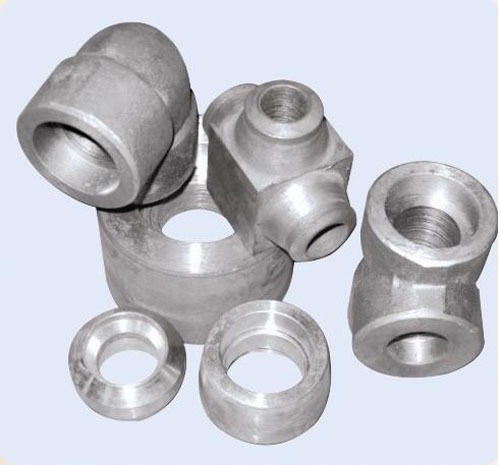Understanding Pipe Fittings and Valves for Plumbing and Industrial Applications
Understanding Pipe Fittings and Valves Essential Components in Fluid Transport Systems
In the realm of fluid transport systems, pipe fittings and valves play critical roles in ensuring the efficient movement of liquids and gases. These components are essential in various industries, including plumbing, irrigation, oil and gas, chemical processing, and construction. This article aims to provide a comprehensive overview of pipe fittings and valves, their types, applications, and significance in modern infrastructure.
What Are Pipe Fittings?
Pipe fittings are devices used to connect, terminate, or divert pipe sections in a plumbing or piping system. They come in various shapes and sizes, designed to accommodate different pipe diameters and applications. Some common types of pipe fittings include
1. Elbows These fittings enable the change of direction in piping systems, commonly available in angles of 90 and 45 degrees. 2. Tees Tee fittings allow the branching of a pipeline into two directions, facilitating the transportation of fluids to multiple destinations. 3. Couplings and Unions Couplings are used to connect two pipe ends, while unions allow for easy disconnection without cutting the pipe. 4. Reducers These fitting types enable the transition between different pipe sizes, allowing for efficient flow regulation. 5. Caps and Plugs Used to seal the ends of pipes, caps and plugs help prevent leaks and maintain system integrity.
Pipe fittings can be manufactured from various materials, including metal, plastic, and fiberglass, each chosen based on the specific requirements of the application, such as pressure, temperature, and chemical compatibility.
The Role of Valves
Valves are mechanical devices that control the flow and pressure within a piping system. Their primary function is to regulate the passage of fluids, ensuring safe and efficient operation within various systems. Valves come in many designs, each serving different applications
pipe fittings valves

1. Gate Valves Designed for on/off control, gate valves provide minimal resistance to flow when fully open. They are commonly used in applications requiring a straight-line flow. 2. Globe Valves Ideal for regulating flow, globe valves feature a spherical body that allows for fine control but comes with greater pressure loss. 3. Ball Valves Known for their quick operation, ball valves have a spherical disc that allows for smooth flow control and minimal pressure drop. 4. Butterfly Valves These valves use a rotating disc to regulate flow and are popular in applications where space and weight are concerns. 5. Check Valves Essential for preventing backflow, check valves allow fluid to flow in one direction only, safeguarding systems from potential damage.
Applications and Importance
Both pipe fittings and valves are indispensable in numerous applications. In the plumbing sector, they facilitate the installation and maintenance of water supply systems, sewage treatment, and irrigation networks. In industrial settings, they ensure safe operation in processes involving chemicals, fuels, and other volatile substances.
Moreover, in power generation plants, valve systems are crucial for managing steam and water flow, helping maintain efficiency and safety. The oil and gas sector relies heavily on robust pipe fittings and valves to control the intricate flow of hydrocarbons from extraction to refining.
The importance of proper selection, installation, and maintenance of pipe fittings and valves cannot be overstated. Poorly selected or installed components can lead to leaks, system failures, and significant safety hazards. Therefore, engineers and technicians must understand the specific requirements of their systems and choose the appropriate fittings and valves accordingly.
Conclusion
In summary, pipe fittings and valves are essential components of fluid transport systems across various industries. Their diverse types and material choices allow for tailored solutions to meet specific challenges in fluid management. As we continue to advance in technology and infrastructure, the significance of these components will only grow, driving innovation and efficiency in fluid transport system designs. Understanding their functionalities, applications, and importance is crucial for anyone involved in engineering, construction, or maintenance of piping systems.
-
Breakthrough in Domestic Low Temperature Valve Technology in ChinaNewsAug.18,2025
-
From Machinery to Intelligent Brain: The Digital Transformation Wave of the Valve IndustryNewsAug.18,2025
-
PCVEXPO 2025NewsAug.18,2025
-
The Key to Fluid Control: Exploring the Advantages of Ball Valves in Industrial SystemsNewsJul.09,2025
-
The Versatile World of 1, 2, and 3 Piece Ball ValvesNewsJul.09,2025
-
Stainless Steel Ball Valves: The Ideal Choice for Efficient Flow ControlNewsJul.09,2025
-
Optimizing Fluid Control with Ball Float ValvesNewsJul.09,2025




